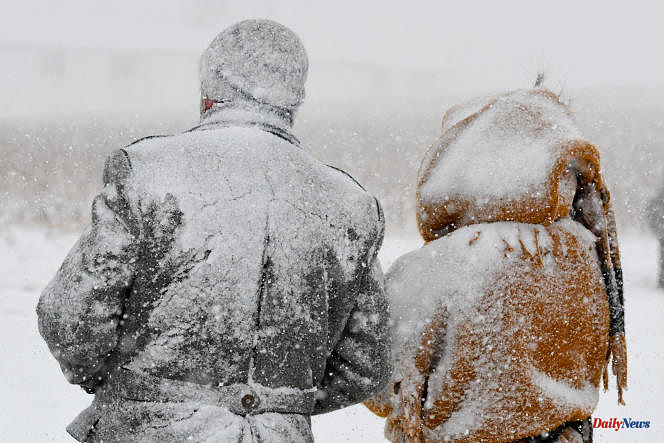When a low 0°C actually looks like -12, you are experiencing the "feels like temperature", a concept developed empirically in 1939 in the United States for the expeditions of Paul Siple and Charles Passel in Antarctica. Later, the principle of the felt temperature was studied scientifically from 2001 by the United States and Canada, it expresses the feeling that we really have of the temperature.
This "feels like" is calculated using the Wind Chill Index. Starting from the loss of heat from the face – the part of the body least protected in the event of extreme cold – North American scientists have studied the loss of heat from the skin. And since it is not the measured temperature but an index, indicates Environment Canada, it is expressed without the symbol °C, "temperature felt like -20" (when it is -10°C and the wind blowing at 35 km/h). “Actually, it's not that it's colder; it's that you lose more heat to the wind," says Environment Canada.
And in this regard, the Canadian record was recorded on January 13, 1975 in the north of the country, in Nunavut: -51°C was felt at... -78.
To assess wind speed, Environment Canada offers these simple benchmarks:
Météo France specifies that, if this measure is less extreme in metropolitan France, it "is particularly useful in regions with a harsh climate" such as Canada or the northern United States. In Nunavut communities beyond the Arctic Circle, recorded temperatures exceed -30°C in the heart of winter.












